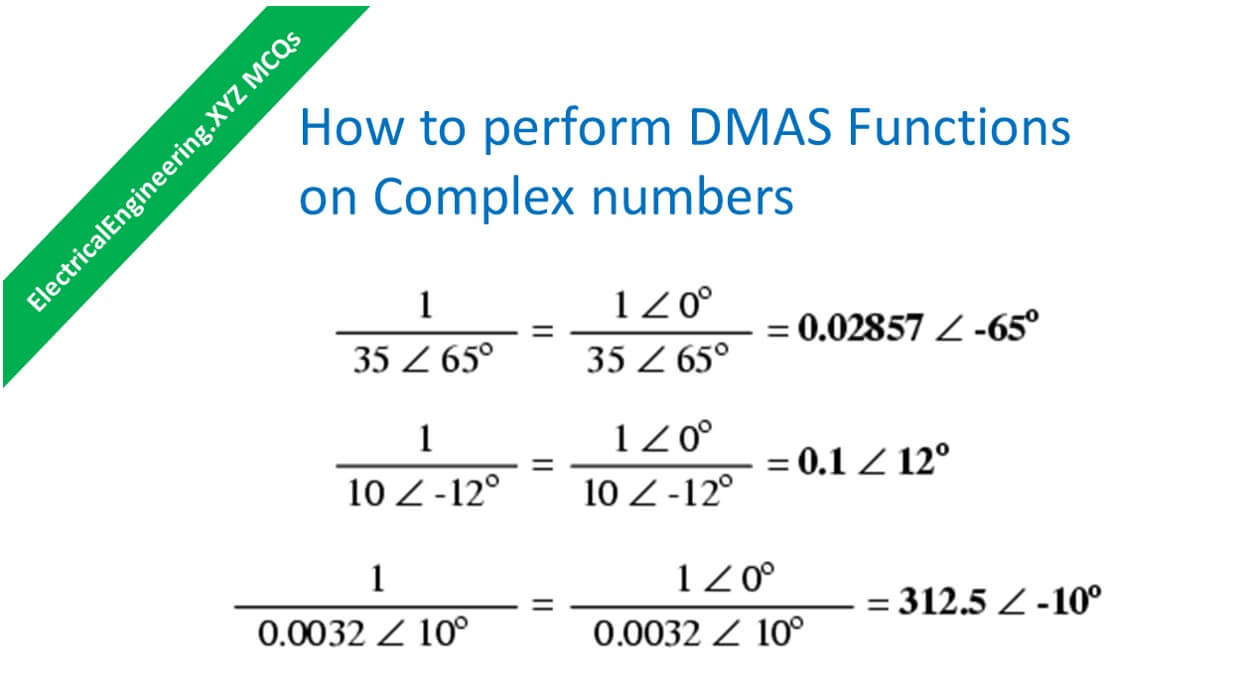Complex numbers are a mathematical concept that have found numerous applications in electrical engineering. They consist of a real part and an imaginary part, and can be represented in the form a + bi, where a is the real part and bi is the imaginary part. The imaginary unit, denoted by "i", is defined as the square root of -1.
One of the main uses of complex numbers in electrical engineering is in the analysis and design of electrical circuits. Complex numbers are particularly useful in this context because they allow engineers to represent both the magnitude and phase of a quantity, such as an electrical current or voltage.
For example, consider an electrical circuit that contains an inductor, which is a passive electrical component that stores energy in the form of a magnetic field. The current through an inductor is not in phase with the voltage across it, meaning that the phase angle between the current and voltage is not zero. By representing the current and voltage as complex numbers, it is possible to easily calculate the phase angle between them, which is important for understanding the behavior of the circuit.
Another important use of complex numbers in electrical engineering is in the analysis of alternating current (AC) systems. AC systems are commonly used to distribute electrical power over long distances, and the voltage and current in these systems oscillate at a specific frequency. By representing the voltage and current as complex numbers, it is possible to analyze the phase relationship between them, as well as the power being transmitted in the system.
Complex numbers are also used in electrical engineering to represent the impedance of electrical components, such as resistors, capacitors, and inductors. Impedance is a measure of the opposition to the flow of electrical current in a circuit, and it is complex-valued because it includes both resistance (a real quantity) and reactance (an imaginary quantity). By representing impedance as a complex number, it is possible to easily calculate the total impedance of a circuit, which is important for understanding the behavior of the circuit.
In summary, complex numbers are an essential tool in electrical engineering, with numerous applications in the analysis and design of electrical circuits, the analysis of AC systems, and the representation of impedance. Their ability to represent both magnitude and phase makes them a powerful tool for understanding and predicting the behavior of electrical systems.






